“Creativity is just connecting things. When you ask creative people how they did something, they feel a little guilty because they didn’t really do it, they just saw something.”
This Steve Jobs mantra on innovation can be described as the basis of Dutch startup Rollar.
Startups are often associated with moonshot ideas but there is plenty of innovation that can begin by fixing the flaws with what already exists in the real world.
Rollar, a startup formed by four students of Amsterdam University of Applied Sciences, aims to fix a critical flaw with the tactile stick used by blind and visually impaired people.
Finding the problem

The eureka moment for the startup occurred when a blind woman walked into a store where Hugo Tak, one of the co-founders of Rollar worked.
She was there to purchase a phone but also mentioned her plans to attach a light to her guide cane as a way to improve visibility in the dark.
The conversation prompted Hugo to investigate the issue faced by blind people when navigating using their guide cane.
He relied on various surveys and interviews with the target audience and Michael van Tulder, co-founder and HBO-ICT alumnus, says Hugo ultimately discovered that the main problem is the tip of the cane.
For Hugo and other co-founders of Rollar, it was clear that there is a room for improving ergonomics of guide canes used by blind people but they also saw an opportunity to positively impact lives of hundreds of thousands of people in the Netherlands.
Setting up the business
Once they figured the problem, it was time to set up the business. As students, Hugo and Michael joined forces with Klaas-Jan van der Poel and mechanical engineering department’s Milan de Milliano.
At the minor Startup your Business in Technology (SYBIT) event at the AUAS, they officially began their collaboration.
The minor SYBIT is a tailor-made programme that brings together approximately four students, helps them develop entrepreneurship and bring impactful products to the market.
For Rollar, that impact product is a tactile stick point with a wear-resistant ball at the tip that lasts a long time.
Michael says there are approximately 100,000 individuals using a blind guide cane in the Netherlands.
“Due to the increasing life expectancy, it is anticipated that by 2050 the target audience will be three times larger,” he says.
For these people, the challenge is not finding the guide cane but the tip that wears out quickly.
By some estimates, the rolling ball tip wears out within one to three months and can be expensive to replace regularly.
Michael adds, “The tip is relatively easy to replace, but it requires effort to order a new one, which can cost up to €30.”
Wear-resistant design
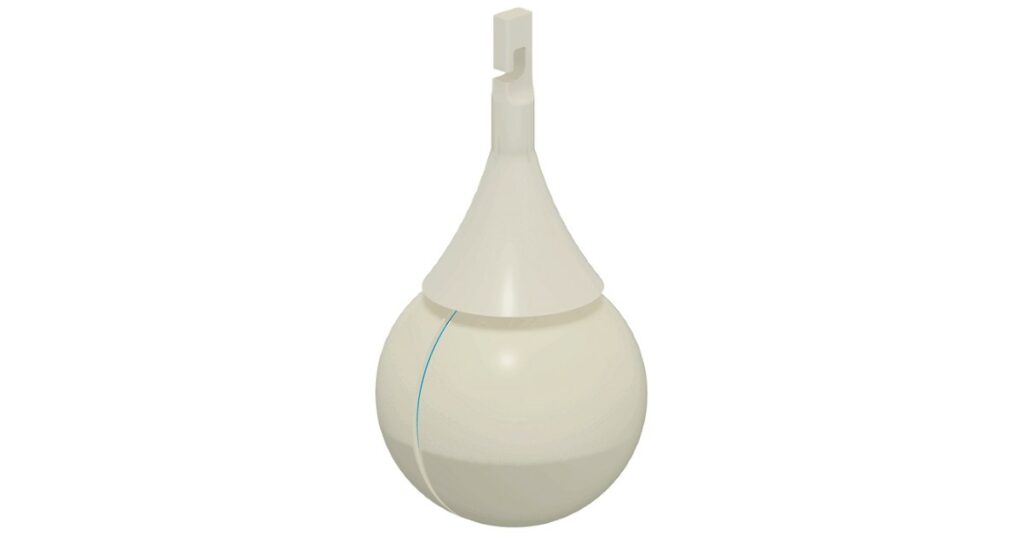
To understand how Rollar aims to create a wear-resistant ball tip for guide cane, it is important to understand how rolling ball tip canes work.
A tactile stick with a ball tip is used by blind and visually impaired people to scan a relatively large part of the ground.
The ball tip is designed only to roll sideways and people learn to walk from left to right using such a stick.
However, when a person tries to step forward, the ball doesn’t rotate and wears out because of the resistance.
At the AUAS workshop, the co-founders of Rollar then got to work and designed an “omniball” that can roll both forward as well as sideways.
Michael further explains that the tip is also designed to last longer and needs to be replaced less often.
He says the tip can last at least six months with intensive use, which will make it a more reliable option than other cane tips.
“This not only saves costs but also makes it more convenient,” he asserts.
A subsidy to boot
At a minor entrepreneurship event called Boost your Business, the Rollar team won €40,000 in the form of HBO take-off subsidy to build and bring their product to market.
Rollar is currently working with a production company to develop its representative prototype and is also testing the prototype with its target group.
Michael says they aim to bring the product to market in early 2024 and is engaging with an external party to carry out sustainability and wear tests.
“With the subsidy, we are further developing our product and conducting large-scale testing, as well as having sustainability tests carried out by an external party,” he says.
“All of this is being done to ensure that we can offer the best possible product on the market.”
In terms of testing, Michael explains their guide cane with a wear-resistant ball tip first undergoes thorough functionality test.
Since the founders themselves cannot adequately test whether the guide cane actually feels good to use, they have maintained close contact with tactile stick users to test the prototypes.
Michael explains, “Once the prototypes have been sufficiently tested, they are sent to various test users to be tested for a longer period.”
The tactile stick being developed by Rollar is also being tested by a major organisation in the Netherlands that advocates for the blind and visually impaired.
“If you test so much with the target group, it goes from an idea to a pressing problem that you really want to solve. We are now even more driven to put a better product on the market.”
Accessibility is a challenge
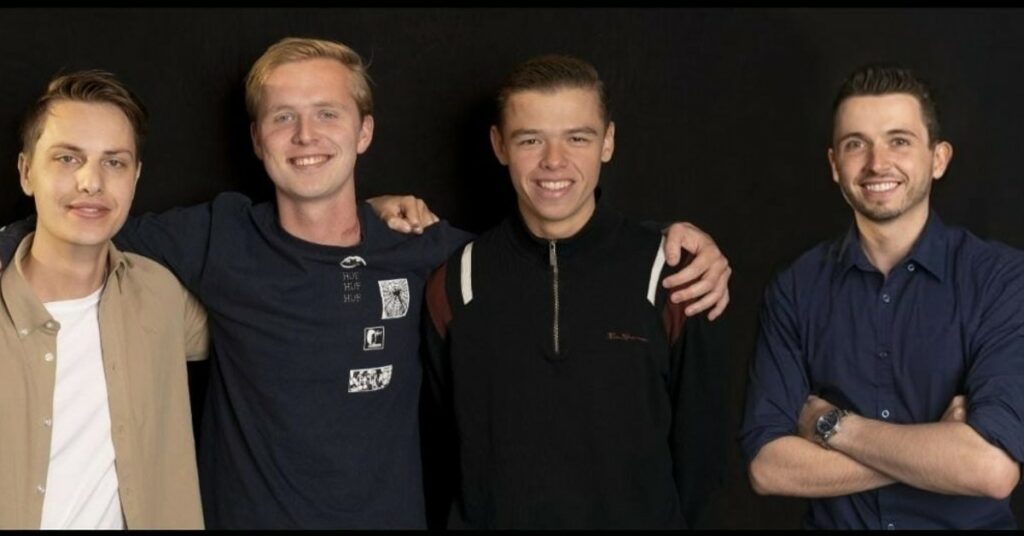
While Rollar is tackling the immediate challenge posed by tips that wear out quickly, it is also looking at a bigger challenge: accessibility.
As home to beautiful old cities, Michael says the Netherlands is not always “convenient for the blind and visually impaired people with its protruding tiles that can cause their guide cane to get caught.”
He adds that the environment for visually impaired people varies greatly depending on the municipality.
“We have seen that it was not until a visually impaired individual themselves raised the issue with the municipality that action was taken,” explains Michael.
However, Amsterdam and the Netherlands are waking up to the potential of creating a truly accessible place.
The Municipality of Amsterdam is piloting Project Sidewalk, an online platform where visitors can virtually walk through the city of Amsterdam and indicate where accessibility is good or needs improvement.
Amsterdam is also the first European city to use artificial intelligence (AI) to map the city for accessibility.
While installation of special tiles (blind guide tiles) at bus stops and train stations is a necessary first step, there is definite room for improvement.
With its wear-resistant ball tip attached to a tactile guide stick, Rollar is equipped to solve the end user problem. However, a collective effort will be needed to turn Amsterdam into an accessible city.





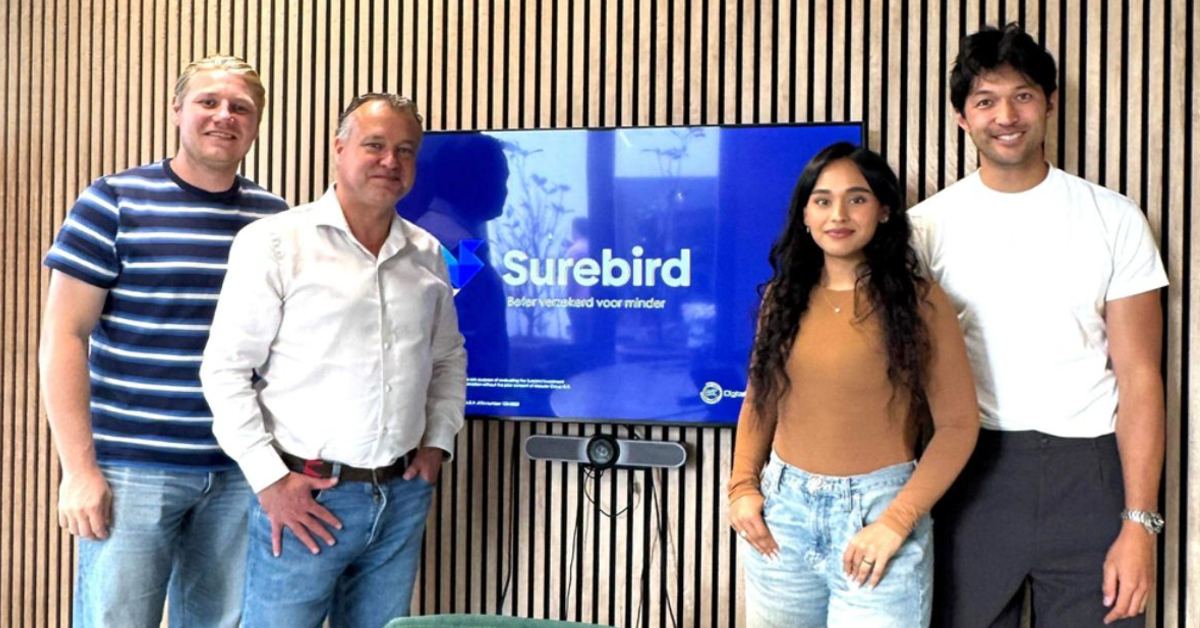
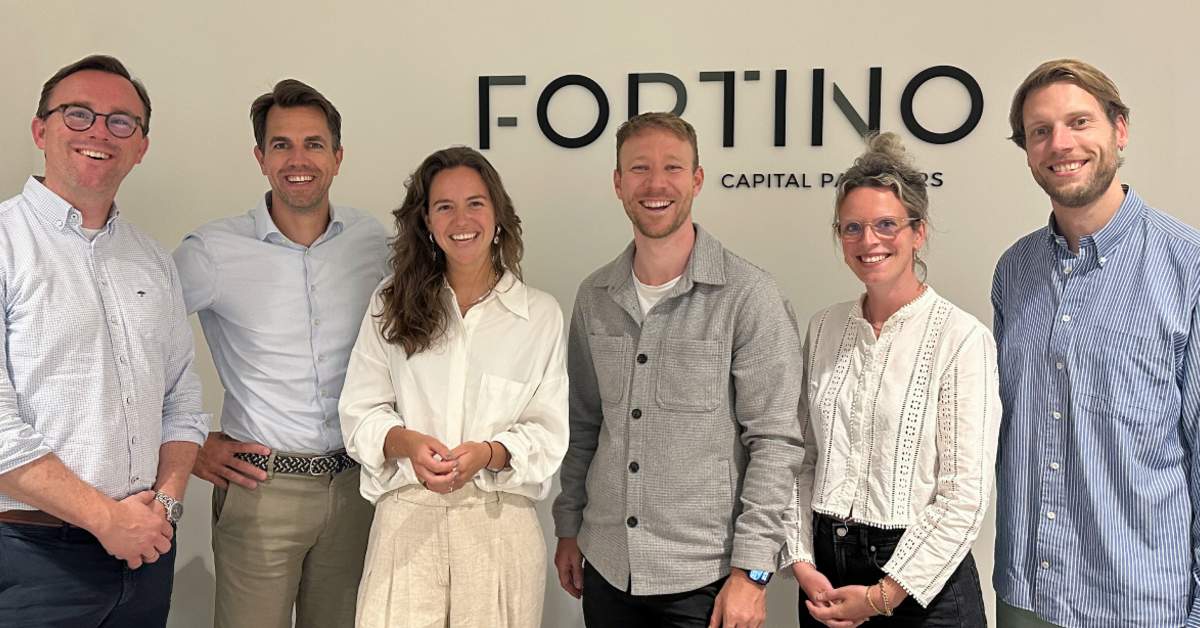
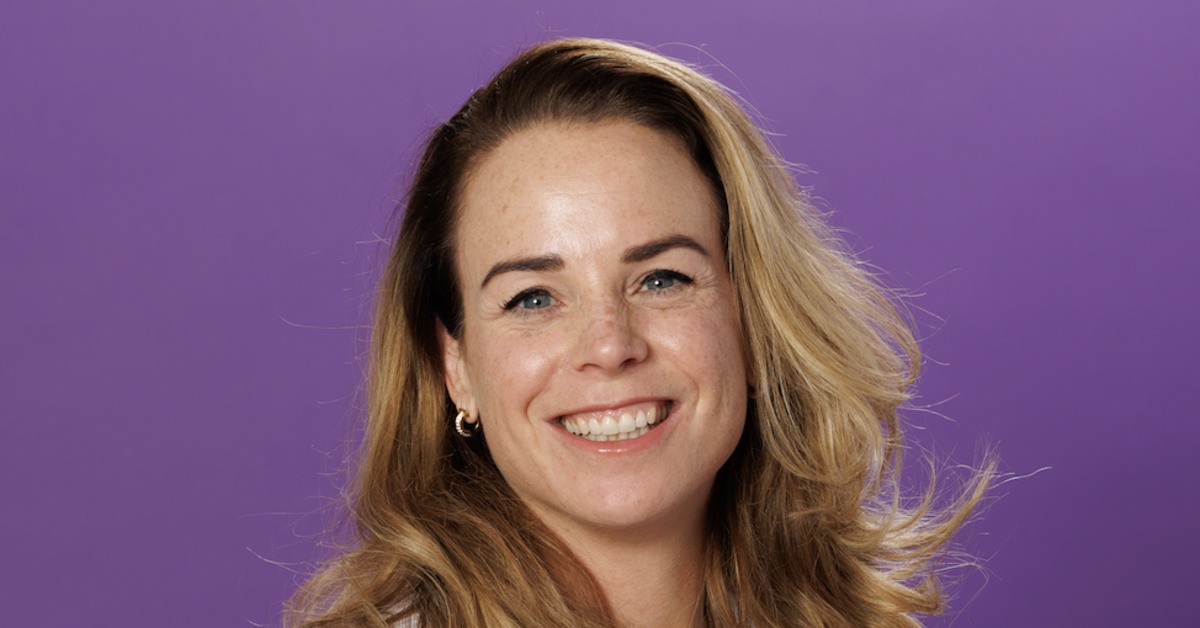
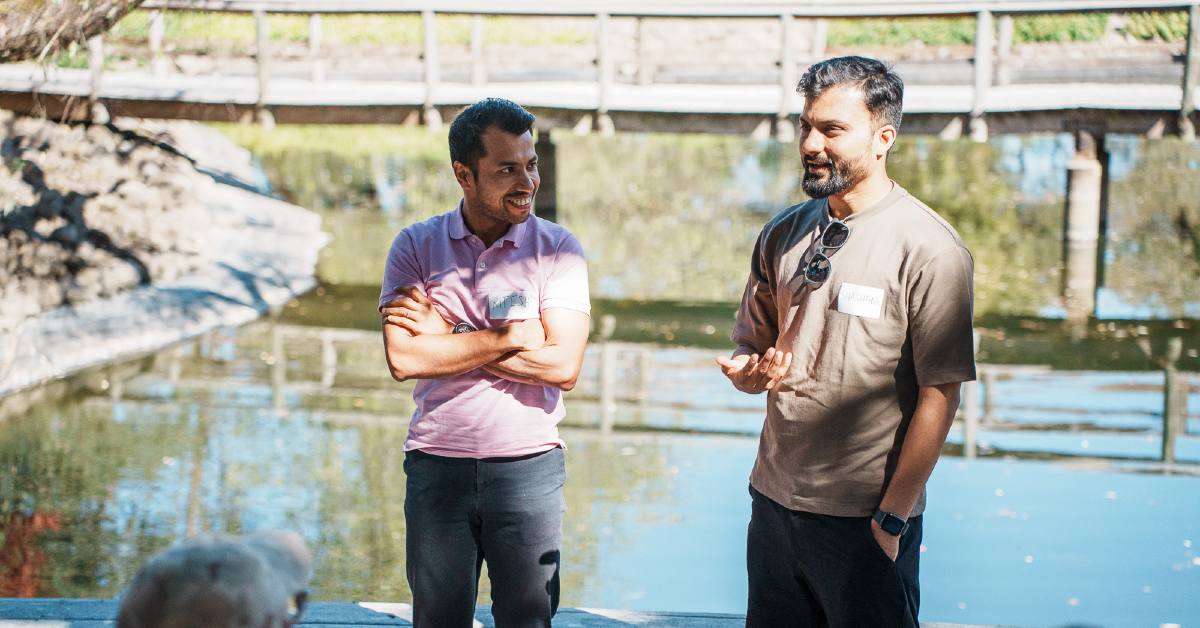

01
From telecom veteran to Dutch Startup Visa success: The Jignesh Dave story